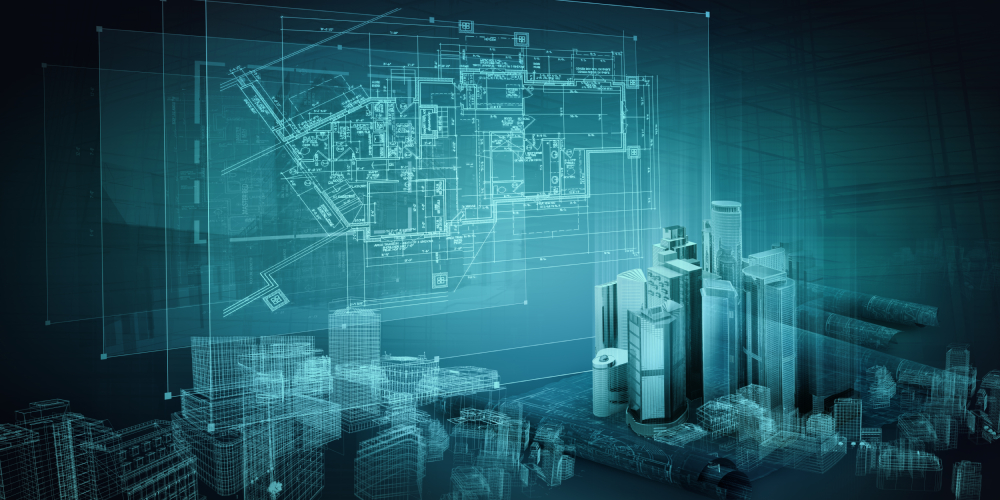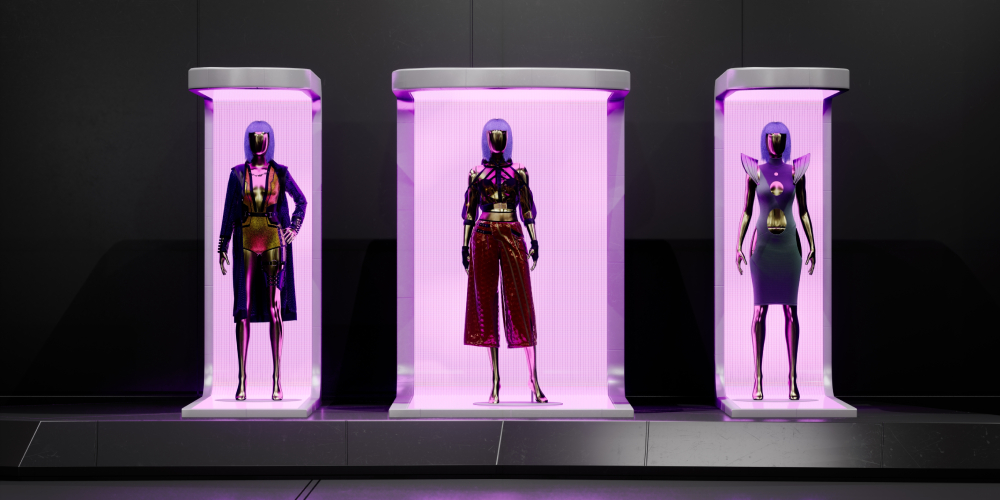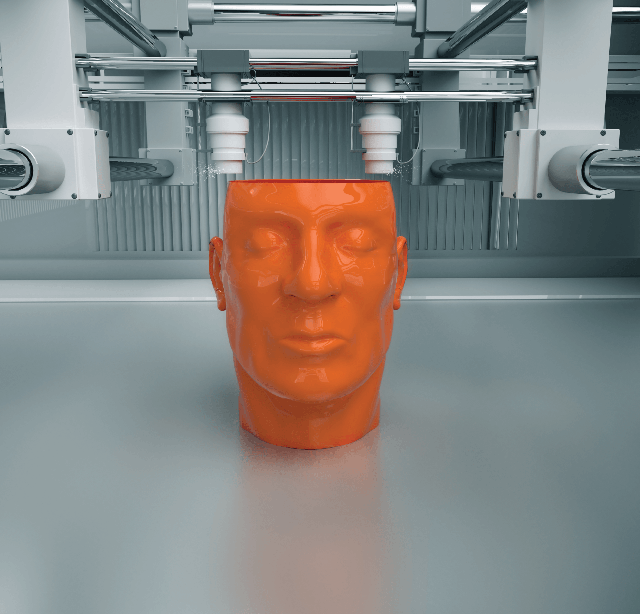The Future of 3D Printing in the UAE
Did you know that the United Arab Emirates (UAE) has been a pioneer in the adoption and utilization of 3D printing technology. From construction and architecture to healthcare and fashion, the applications of 3D printing in the UAE have been wide-ranging and impressive. Furthermore, the country is quickly becoming a hub for innovation and technology, and one area that is seeing significant growth is printing in 3D.
Construction Industry
One of the most notable examples of 3D printing in the UAE is in the construction industry. In 2016, the UAE-based company Cazza Construction Technologies announced its amazing plans. They planned to use 3D printing to build the world’s first 3D-printed office building in Dubai. They completed the office in just over two weeks and showcased the potential for 3D to revolutionize the construction industry.
 Another major player in the 3D printing scene in the UAE is Dubai’s Museum of the Future. It has been working on various projects that showcase the potential of this technology. For example, the museum recently partnered with engineering firm Syska Hennessy Group to create a 3D printed pavilion using a revolutionary new technique called “additive manufacturing.” This process involves layering materials to create complex structures that are not possible using traditional construction methods.
Another major player in the 3D printing scene in the UAE is Dubai’s Museum of the Future. It has been working on various projects that showcase the potential of this technology. For example, the museum recently partnered with engineering firm Syska Hennessy Group to create a 3D printed pavilion using a revolutionary new technique called “additive manufacturing.” This process involves layering materials to create complex structures that are not possible using traditional construction methods.
Healthcare Sector
Another area where 3D printing is making waves in the UAE is in the healthcare sector. In 2018, Dubai’s Rashid Hospital became the first hospital in the world to 3D print a human heart using living cells. This breakthrough has the potential to revolutionize lots of fields. For example, the field of organ transplantation, providing a much-needed solution to the shortage of donor organs.
 Moreover, this amazing type of printing is being used to create custom medical implants and prosthetics. They are, by the way, tailored to the specific needs of patients. This not only improves the functionality of the implants and prosthetics but also reduces the time. Furthermore, it reduces the cost associated with traditional manufacturing methods.
Moreover, this amazing type of printing is being used to create custom medical implants and prosthetics. They are, by the way, tailored to the specific needs of patients. This not only improves the functionality of the implants and prosthetics but also reduces the time. Furthermore, it reduces the cost associated with traditional manufacturing methods.
Fashion Industry
The fashion industry in the UAE is also embracing 3D printing technology. In 2018, the Dubai-based fashion designer Danit Peleg made headlines when she used 3D to create an entire collection of clothing, including jackets, dresses, and even shoes.
 This allowed her to create unique and intricate designs that would have been impossible to manufacture using traditional methods.
This allowed her to create unique and intricate designs that would have been impossible to manufacture using traditional methods.
Manufacturing Industry
In the manufacturing industry, 3D has the potential to increase efficiency and reduce waste.
 The technology allows companies to produce custom parts on-demand, eliminating the need for large inventory stockpiles. This can help reduce costs and improve the sustainability of production processes.
The technology allows companies to produce custom parts on-demand, eliminating the need for large inventory stockpiles. This can help reduce costs and improve the sustainability of production processes.
Aerospace Industry
The UAE is also investing in 3D printing for the aerospace industry. In 2019, the country’s first 3D printed satellite, KhalifaSat, was successfully launched into space.
 This achievement demonstrates the potential of this type of printing to reduce the cost and lead time of producing complex aerospace components.
This achievement demonstrates the potential of this type of printing to reduce the cost and lead time of producing complex aerospace components.
Looking to the future, it is clear that the potential for 3D printing in the UAE is vast. As the technology continues to advance and become more affordable, we can expect to see much more. We see now more and more companies and industries adopting 3D printing in the UAE. This will likely lead to greater efficiency and innovation, as well as the creation of new job opportunities in the fields of 3D printing and engineering.
Overall, the future of 3D prints in the UAE looks bright. The country’s forward-thinking attitude and commitment to innovation make it a perfect environment for the continued growth and development of this exciting technology.


